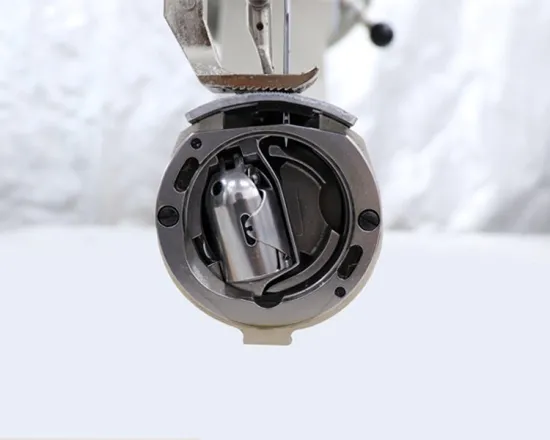Exploring the Versatility of Industrial Sewing Feet for Enhanced Sewing Techniques
Understanding Industrial Sewing Feet A Comprehensive Guide
In the world of industrial sewing, choosing the right sewing foot is crucial for achieving precision and efficiency. Industrial sewing machines are designed to handle high volumes of work, and the sewing foot plays a pivotal role in determining the quality of the finished product. In this article, we will explore the various types of industrial sewing feet, their uses, and how to choose the right one for your needs.
What is an Industrial Sewing Foot?
An industrial sewing foot, often referred to as a presser foot, is a component attached to an industrial sewing machine that holds the fabric in place as it is being sewn. These feet come in various shapes, sizes, and configurations, tailored for specific sewing tasks. Unlike domestic sewing machine feet, industrial feet are generally designed for more robust use, suited for high-speed and high-volume sewing applications.
Types of Industrial Sewing Feet
1. Standard Presser Foot This is the most common type, used for general sewing tasks. It is versatile enough to handle a wide range of fabrics and thicknesses.
2. Zipper Foot Designed specifically for sewing zippers, this foot allows you to sew close to the zipper teeth, resulting in a clean finish. Many zipper feet can be adjusted for right or left side sewing, making them highly adaptable.
3. Walking Foot Ideal for sewing multiple layers of fabric, a walking foot has a mechanism that helps move the fabric evenly through the machine. This is especially useful when working with thick materials such as quilts or layered fabrics.
4. Buttonhole Foot This foot is used to create uniform buttonholes, essential for garments. It often has a guide that helps ensure the buttonholes are the correct width and length.
5. Blind Hem Foot Used for creating invisible hems, the blind hem foot has a guide that helps you fold the fabric in such a way that the stitches aren’t visible on the front side.
6. Overlock Foot This foot is designed for overlocking machines, which are used to finish the edges of fabric and prevent fraying. Overlock feet help create professional-looking seams and edges.
industrial sewing foot

7. Teflon Foot Ideal for working with sticky fabrics such as leather or vinyl, the teflon foot glides smoothly over surfaces that are otherwise challenging to sew.
How to Choose the Right Sewing Foot
Selecting the appropriate industrial sewing foot boils down to understanding the specific requirements of your sewing project. Here are some factors to consider
1. Fabric Type Assess the type of fabric you will be working with. For lightweight fabrics, a standard presser foot may suffice, while heavy or stretchy materials may require a walking foot or a Teflon foot.
2. Sewing Technique Consider the technique you plan to use. For tasks involving zippers or buttons, investing in a specialized foot like a zipper or buttonhole foot is necessary.
3. Project Complexity More complex projects, such as quilting, may benefit from using a walking foot or a specialty foot that allows for greater control.
4. Machine Compatibility Ensure that the foot you choose is compatible with your specific industrial sewing machine model. Each sewing machine may have different attachment mechanisms and requirements.
Conclusion
Understanding the various types of industrial sewing feet and their functionalities can greatly enhance your sewing experience. By choosing the right foot for your project, you can achieve better results, increase efficiency, and enjoy the creative process. Whether you're a seasoned professional or a novice, investing in the right tools is key to mastering the art of industrial sewing.
-
Leather Sewing Machine: The Industrial Standard for Tough MaterialsNewsJul.18,2025
-
Sail Making Machine: Heavy-Duty Stitching for Industrial and Marine NeedsNewsJul.18,2025
-
Sling Sewing Machine: The Backbone of Heavy-Duty FabricationNewsJul.18,2025
-
Leather Sewing Machine: Precision for Heavy-Duty StitchingNewsJul.18,2025
-
Big Bag Sewing Machine: Powering the Future of Bulk PackagingNewsJul.18,2025
-
FIBC Sewing Machine: Essential Equipment for Bulk Bag ProductionNewsJul.18,2025
-
Heavy Duty Leather Sewing Machine: A Must-Have for Professional LeatherworkNewsMay.28,2025





























